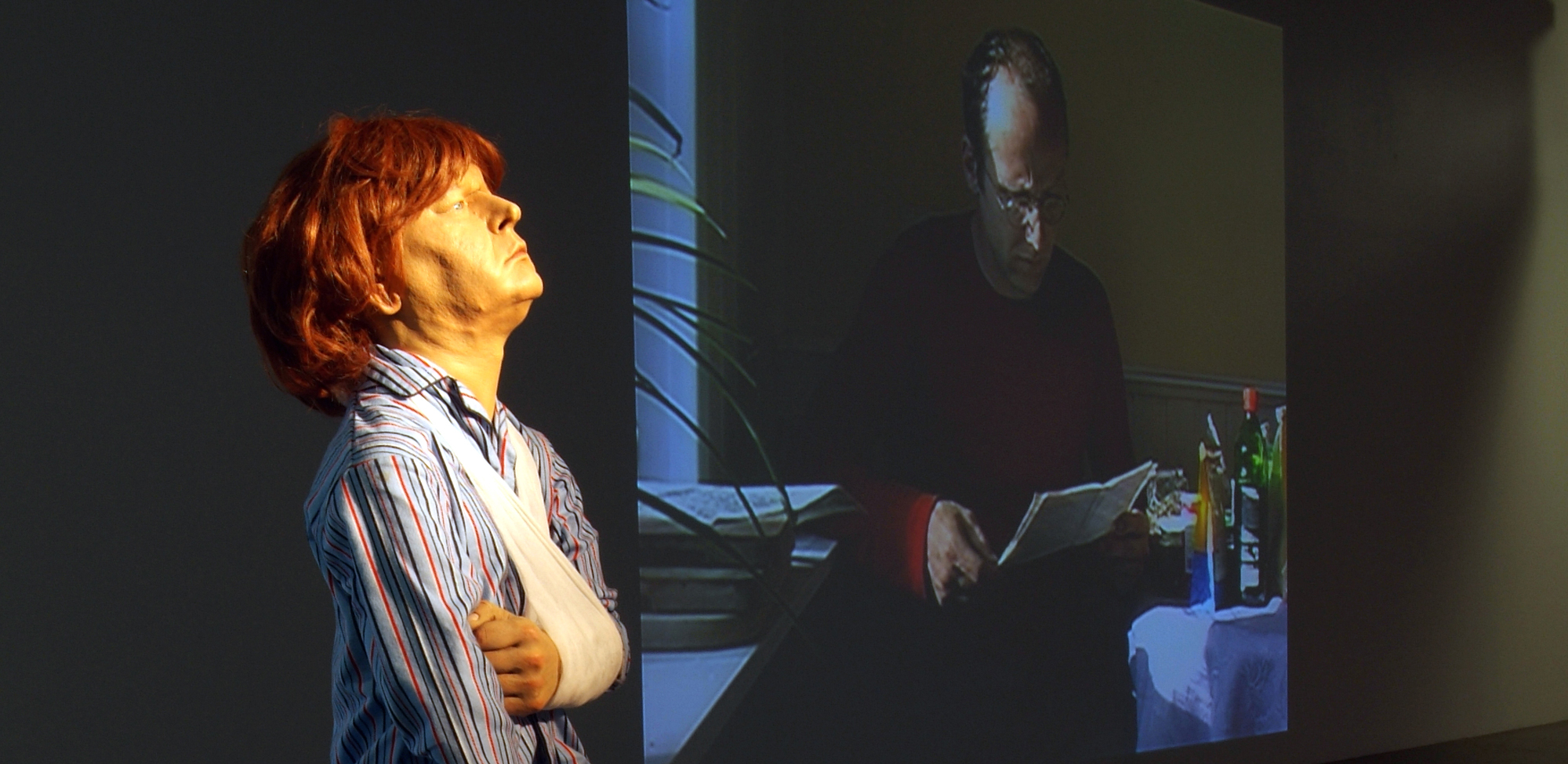THE INCONCEIVABLE
Christine Berndt, Ronnie van Hout, André Lützen, Francisco de Goya, Sara Riel, Peter Robinson
13 July 2006 - 12 August 2006
Gallery One

THE INCONCEIVABLE (installation view), 2006.
This exhibition aims to reveal truths at the heart of the human existence – due to the impossible nature of the task there are no straight answers but it’s a fascinating journey. Rather than providing encyclopaedic definitions, which result in further misunderstanding, the artists have tried to make direct advances and have each pursued “the inconceivable” concepts to a more thorough resolution.
Just as any living being’s existence is not only understood by the fact that we are forcibly thrown into life, but also by death's final absurdity and violence – contemporary existence is further challenged with the inconceivable pain and cruelty which man is knowingly able to inflict upon each other.
As a group, the artists’ work focuses on aspects of the human existence that are generally inconceivable or absurd (Ronnie van Hout, Sara Riel). Other works deal with the problem of realisation of an evident historical fact that even now is difficult to comprehend, such as the Holocaust (Christine Berndt, André Lützen).
Christine Berndt (D) asked friends to read an unknown letter in front of the camera for the very first time. “Der Brief der Jüdin / The letter of a jewish woman" is written by a woman living in the Jewish ghetto of Tarnopol who describes the gradual extermination of her nation by the Nazi occupation. The letter is addressed to the Jewish community and is today preserved in Yad Vashem. The viewer observes the friend's subtle reactions while reading through the unimaginable content and witnesses how they try to cope with the letter individually.
The distorted human being facing his inconceivable fate speechlessly and helplessly is the central figure of Ronnie van Hout's (NZ) work. Sick Child is a figure full of ambiguity: with the face of an adult person, but the size of a child, looking upward, one eye closed, one arm broken, one hand on its genitals, dressed in pyjamas, it represents a kind of existence which is quite difficult to comprehend – neither is the age clear nor the sort of pain which it is suffering from (and the kind of pleasure, which it is giving to itself).
André Lützen (D) has photographed the corners of buildings in Warsaw that today are located on what used to be the boundaries of the Jewish ghetto. The banality of the photographs form a harsh contrast with the cruelty of what happened at those times inside of these boundaries. Not a single detail discloses any possible hint of history.
Sara Riel (Iceland) has created an extremely impressive image of death in her film of a bird, after being trapped in a string successively strangles itself while trying to escape. The images, manipulated in colour and speed became a testimony of an existence lived with dignity that has been put to end.
Peter Robinson (NZ) enforces the enigmatic character of a phrase by Jean-Paul (“One is still what one is going to cease to be and already what one is going to become. One lives one's death, one dies one's life.”) by transferring it into the binary code.
There are only few works of art that display the idea of the inconceivable as clearly as Fransicso de Goya'sDesastres de la Guerra. Two of his etchings (# 31 Fuerte cosa es - That's tough and # 33 Tué hai que hacer mas? - What more can one do?) are therefore integral parts of the exhibition.
The exhibition is kindly supported by Ifa.